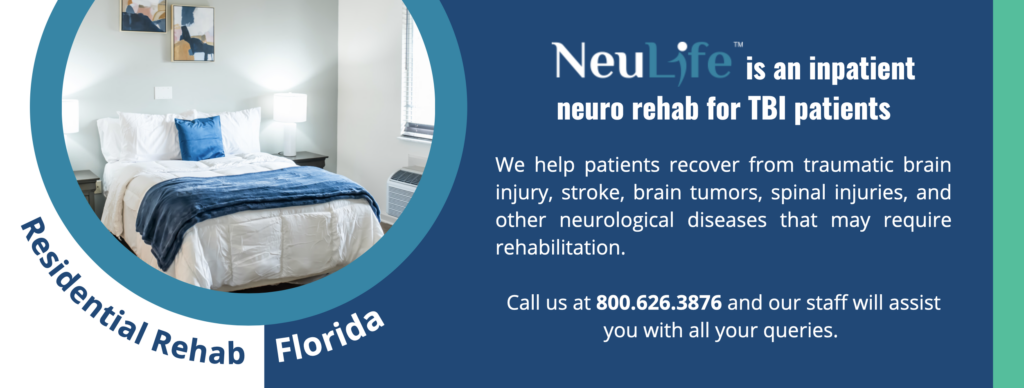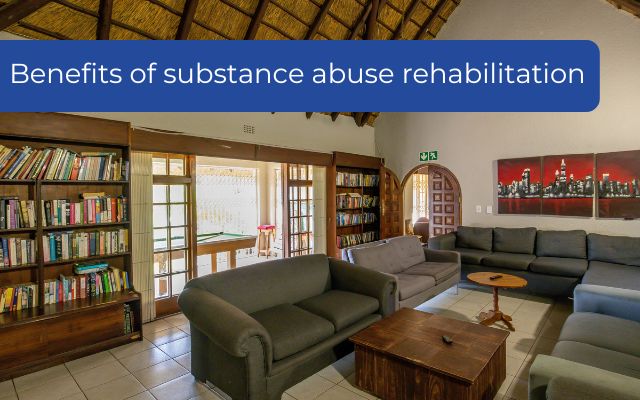The Ultimate Guide To Narconon Africa
Wiki Article
Narconon Africa Fundamentals Explained
Table of ContentsHow Narconon Africa can Save You Time, Stress, and Money.All about Narconon AfricaHow Narconon Africa can Save You Time, Stress, and Money.The 2-Minute Rule for Narconon AfricaThe 7-Second Trick For Narconon AfricaWhat Does Narconon Africa Do?Excitement About Narconon Africa
In a collection of documents with Manudeep Bhuller and Katrine V. Lken, we get rid of these information difficulties and the nonrandomness of imprisonment, using new understandings right into just how incarceration affects regression, employment, children, and criminal networks - Effective drug addiction solutions. Figure 1 Our work studies the effects of incarceration in Norway, a setting with two crucial benefitsWe can even more connect this information to other member of the family, consisting of children and brother or sisters. We have information on co-offending that permits us to map out criminal networks for observed crimes. Second, we can utilize the random project of criminal situations to courts that differ in their propensities to send accuseds to prison.
Some courts send out defendants to prison at a high rate, while others are a lot more lenient. We measure a court's stringency as the ordinary incarceration price for all other situations a judge deals with, after regulating for court and year set results, which is the level of random project. This quasi-random task of judge stringency can be utilized as a tool for imprisonment, as it highly forecasts the court's choice in the current instance, yet is uncorrelated with various other case qualities both deliberately and empirically.
Narconon Africa Fundamentals Explained
Features of prisoners, including demographics and criminal offense classifications, are broadly comparable in Norway and other nations, consisting of the United States, with the exceptions that the US homicide rate is much higher, and race plays a larger function there. What stands apart as different, specifically compared to the United States, is the prison system.Number 2In Norway, the average time spent behind bars is a little over 6 months, which resembles most other Western European nations. This contrasts with typical United States prison time of almost 3 years, which is in huge part the factor the USA is an outlier in its incarceration price contrasted with the rest of the globe [Number 1]
Some Known Facts About Narconon Africa.
This supplies a lot more splitting up between small and solidified crooks than exists in the USA. There is no congestion in Norwegian prisons and much better individual security, with each detainee being designated to their own cell and a higher inmate-to-staff proportion than in the USA (https://scrics-hydraiols-vueny.yolasite.com). Prisons in Norway also use well-funded education, medication treatment, mental health, and work training programsOur research study on the impacts of incarceration on the culprit, making use of the random task of courts as an instrument, yields 3 key searchings for. First, jail time dissuades further criminal actions. We find that imprisonment reduces the chance that an individual will certainly reoffend within five years by 27 percentage factors and decreases the corresponding variety of criminal charges per individual by 10 fees.
See This Report on Narconon Africa
We locate sizable reductions in reoffending likelihoods and collective charged criminal offenses also after defendants are released from jail. Our 2nd result is that bias as a result of option on unobservable private characteristics, if disregarded, causes the erroneous conclusion that time invested behind bars is criminogenic. If we merely contrast criminal offenders sentenced versus those not imprisoned, we find positive organizations in between imprisonment and succeeding criminal activity.This stands in contrast to our analysis based on the arbitrary assignment of judges, which finds an opposite-signed result. Third, the decrease in criminal activity is driven by people that were not working prior to incarceration. Among these individuals, imprisonment enhances participation in programs guided at enhancing employability and lowering regression, and this inevitably elevates work and profits while preventing criminal actions.

Jail time creates a 34 percent factor increase in participation in job training programs for the previously nonemployed, and within 5 years their work rate increases by 40 percent points. At the same time, the likelihood of reoffending within five years is reduced by 46 percentage factors, and there is a decline of 22 in the average variety of criminal charges.
The Only Guide to Narconon Africa

A possible description for the distinction is that Norway's jail system differs noticeably, both in regards to prison-term length and jail conditions, from the United States jail system. While recognizing the impacts of imprisonment on the offender is an essential initial step, catching spillover results is also essential for evaluating criminal justice policy and creating reliable jail systems.
Narconon Africa for Beginners

Regular least squares approximates disclose that youngsters of incarcerated papas are 1 portion point much more likely to be billed with a criminal activity, about a mean of 13 percent, and reveal no wikipedia reference result on institution qualities. Utilizing our judge stringency tool, we find no analytical evidence that a father's incarceration influences a kid's own crime or institution qualities, yet we are not able to rule out modest-sized results.
The Definitive Guide for Narconon Africa
We specify criminal teams based on network links to previous criminal situations. Our analysis returns 3 major findings. When a criminal network member is jailed, their peers' possibility of being billed with a future criminal activity reduces by 51 percentage points over the next four years. Likewise, having an older sibling incarcerated decreases the probability his more youthful brother will be billed with a crime by 32 percentage factors over the following 4 years.Report this wiki page